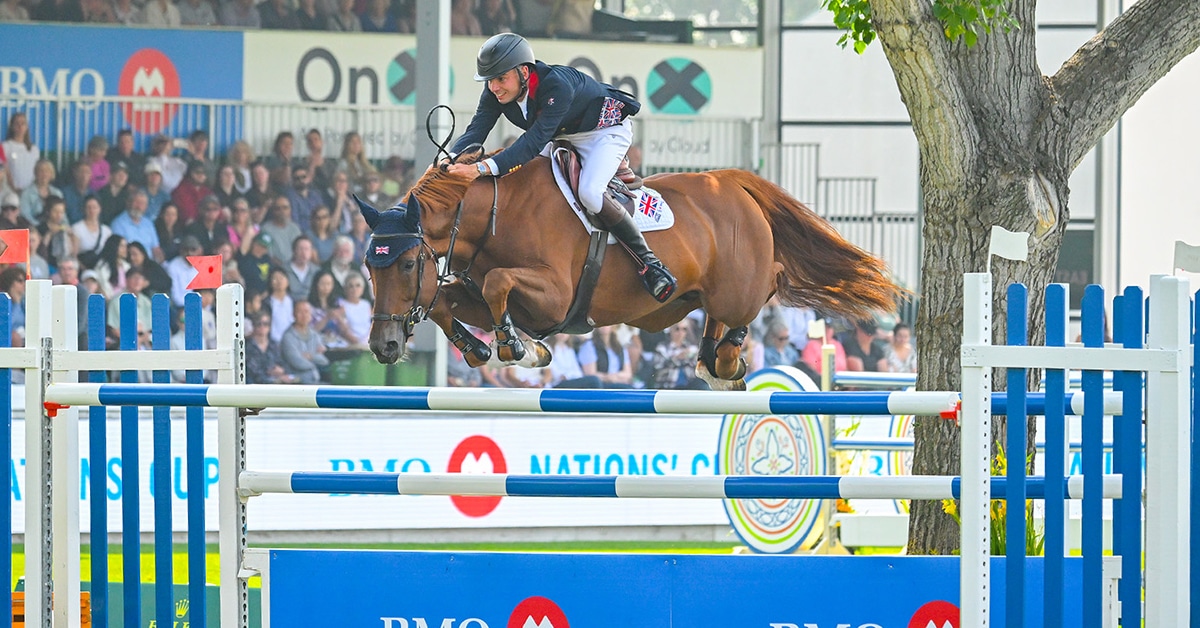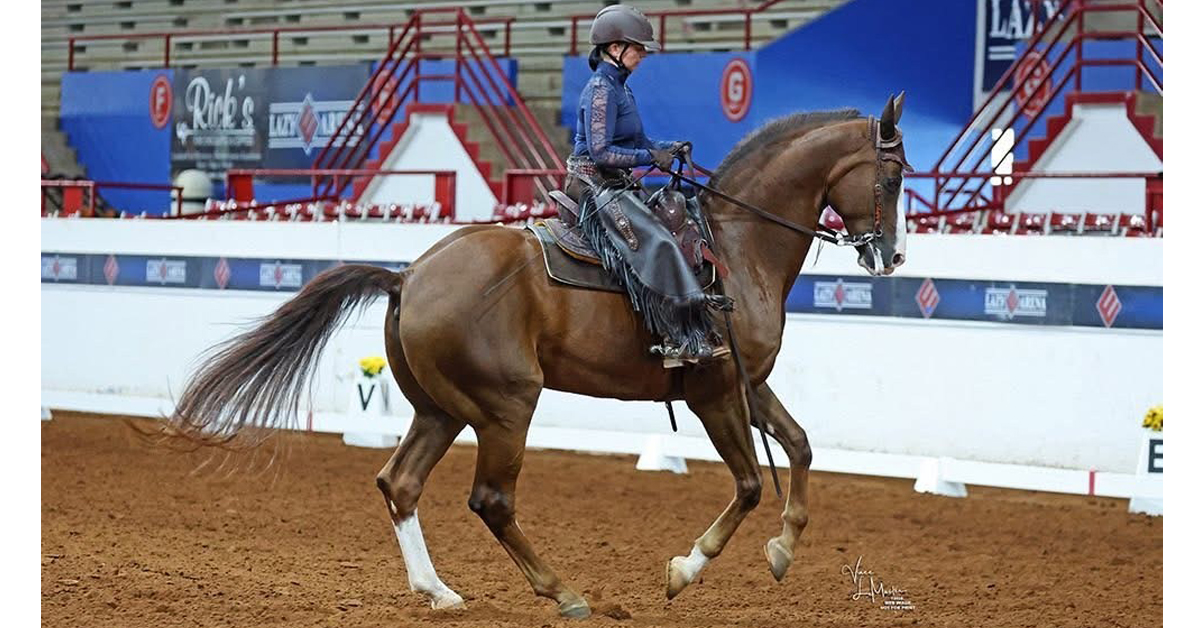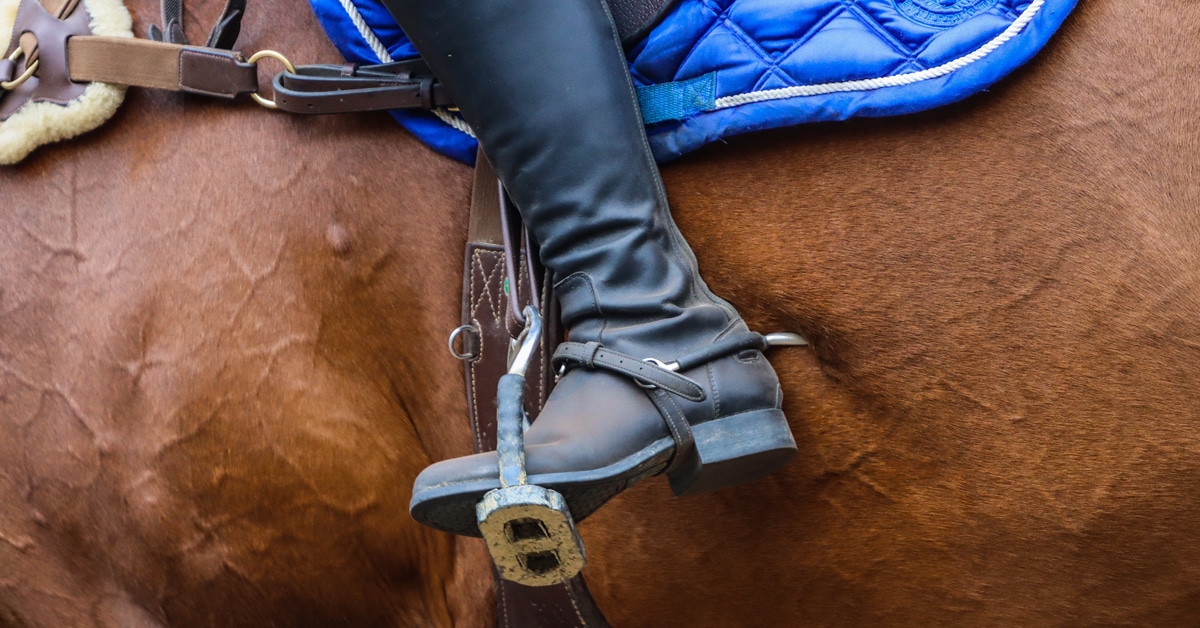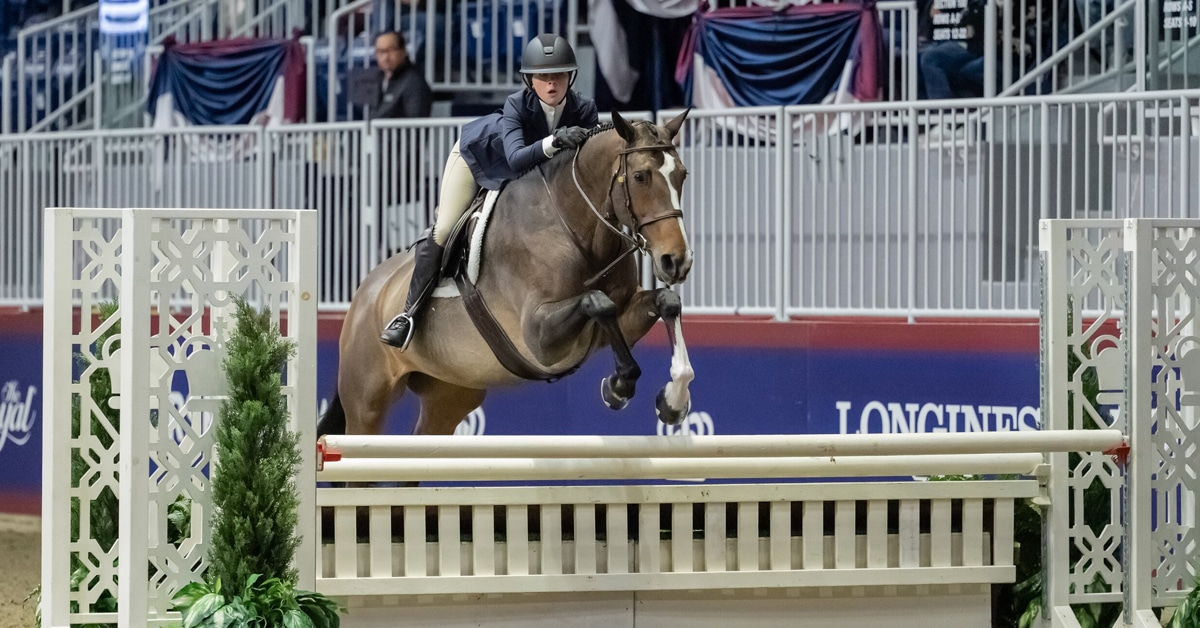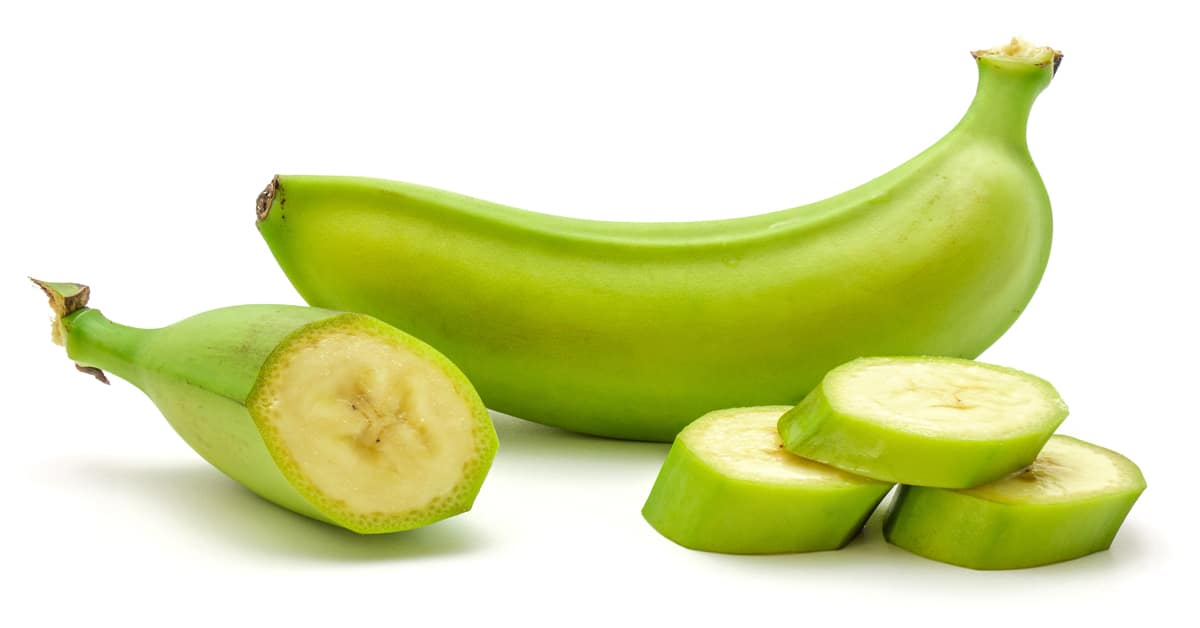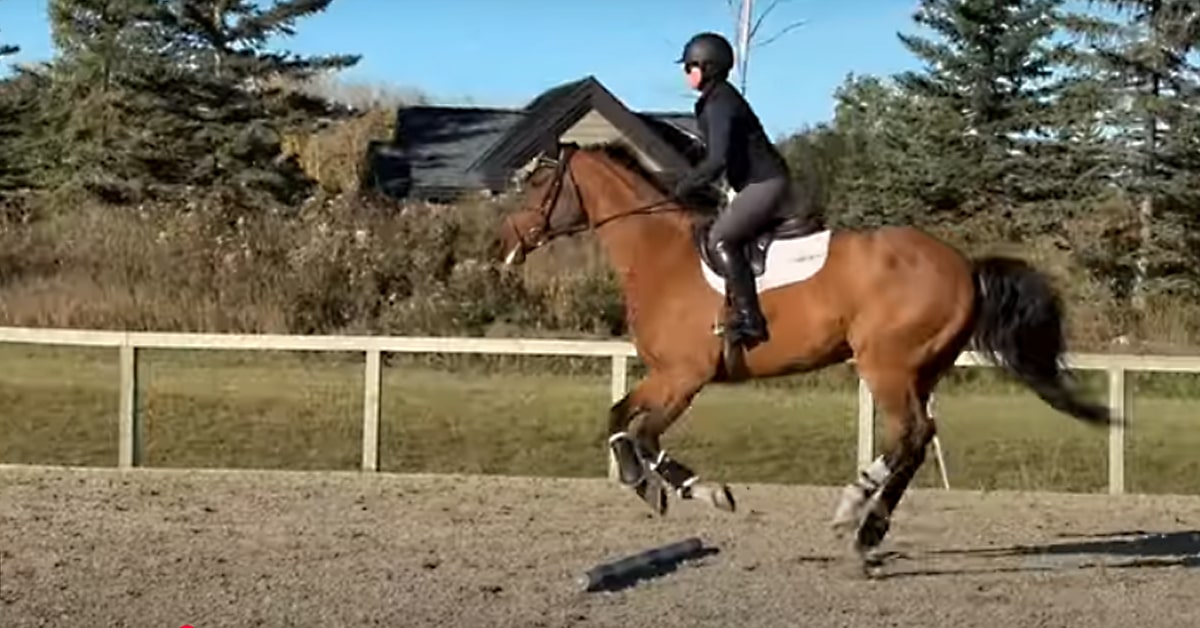Finding yourself in the position of providing care to a starved horse can be an emotional situation for any horse enthusiast. The desire to do everything possible to return the horse to full health, including providing ample nutrition, can be the initial impulse. Sadly, the desire to feed the horse well can have catastrophic consequences resulting in a re-feeding syndrome that may result in the need for euthanasia. While it may be tempting to provide unlimited access to feed, when it comes to feeding starved horses, less truly should be the rule of thumb.
Horses rely on body stores of inert carbohydrate and fat to fuel the large number of metabolic processes within the body. These stores are constantly replenished through the diet. In a horse that is starved, these stores become depleted and so instead, protein is utilized for energy. All protein in the body is actively contributing to important functions and is not stored for the purpose of providing energy. In this scenario, the body is not picky about what source of protein gets used for energy. Therefore, as protein is burned as a fuel source, skeletal muscle and vital organs become negatively impacted.
When a starved horse is “re-fed” and provided carbohydrates, in particular glucose, blood insulin increases. This helps move glucose from the circulation into cells and with it electrolytes. This can result in inadequate levels of key electrolytes such as phosphorus, potassium and magnesium in the circulation as well as leaving red blood cells without adequate energy. These red blood cells are then unable to adequately release oxygen to various tissues resulting in heart, kidney and respiratory organ failure and ultimately death.
Research studies have shown that a greater success rate is achieved when starved horses are rehabilitated using forages containing low nonstructural carbohydrate (NSC) as this limits the insulin response. If using grass hays, they should be tested for NSC content and ideally have an NSC content of less than 10 percent. If only untested grass hay is available, feeding alfalfa may be a better choice as alfalfa has a low NSC content and also tends to provide good amounts of magnesium and phosphorus.
Very small amounts of feed should be fed that provide no more than about 50 percent of the horse’s calculated daily digestible energy (DE) requirement. Different research studies have used different feeding protocols. One fed alfalfa at 50 percent of the calculated daily DE requirement for the first 3 days of re-feeding and then increased the amount to 75 percent for days 4 and 5 before increasing to a full 100 percent on day 6.
Another study fed frequent handfuls of grass hay for the first day and then provided netted hay that was hung outside the stalls so that the horses had to eat the hay through the bars. These researchers introduced 0.5 pounds of complete feed and increased this by the same amount every 3 days until they were being fed no more than 3 lbs at any feeding.
Re-feeding syndrome can develop as quickly as the first day of re-feeding or may not become apparent for 3 to 4 weeks. The keys to successful rehabilitation lie in starting off with very small meals that provide limited calories and utilizing forages and feeds with an NSC content at or below 10 percent. Sticking to these guidelines despite the natural desire to want to lavish the horse with food will provide the greatest chance of success in nursing the starved horse back to health.
The Latest

